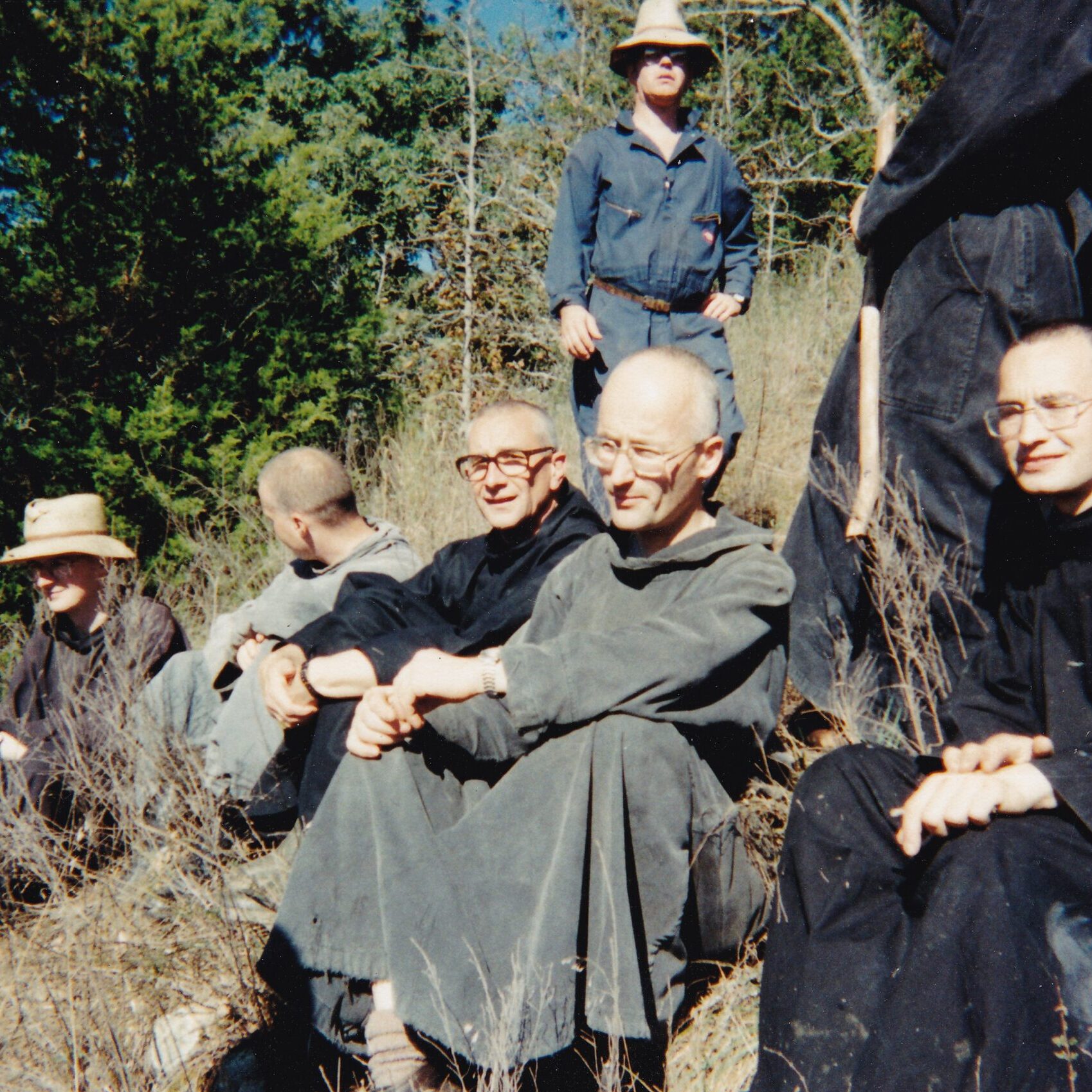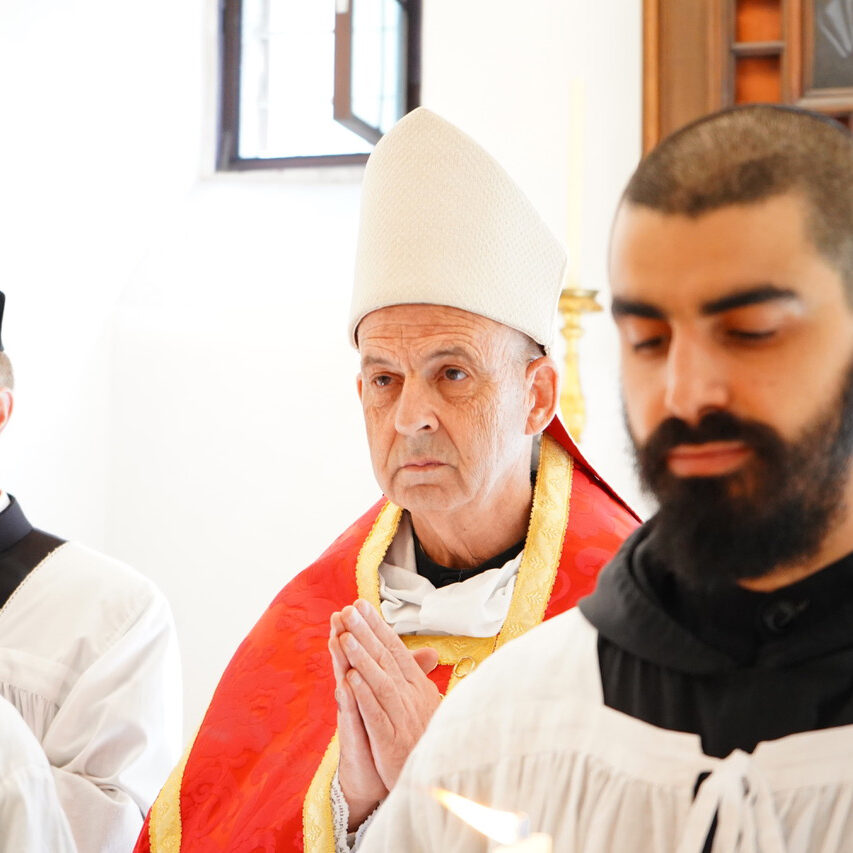Dear Friend of Clear Creek Abbey,
Christmas is a center and a summit: “And the Word was made flesh.” All ancient history runs toward this culmination, as Saint Paul teaches us: “But when the fullness of time was come, God sent His Son, made of a woman, made under the law” (Gal. 4:4). Then, from Bethlehem and Calvary—which are intimately joined at this summit—what is left of time runs downhill toward the final consummation that is described in prophetic terms in the Book of the Apocalypse.
The Incarnation thus structures time on a grand scale. We still speak of the centuries B.C. (before Christ) and A.D. (anno Domini, meaning in Latin “the year of the Lord”), despite attempts to change the terminology to B.C.E. (before the common era) and C.E. (the common era). Even these secularist ways of calculating continue to hold the Nativity as the implied point of reference. The Birth of Christ remains the inescapable keystone of the edifice of history.
In his Sermons on the Canticle of Canticle (53, 54), Saint Bernard interprets the passage about the Bridegroom, who “cometh leaping upon the mountains, skipping over the hills,” as referring to the Son of God, who not only came down from Heaven, leaping over the higher and lower choirs of heavenly spirits, but also came on earth to mankind, skipping over these human hills and mountains that were the ancient patriarchs and prophets, as time went along. It is the same idea: God in Christ came to save us, arriving at the fullness of time, at the stable of Bethlehem, through the ups and downs of the history of the people chosen by God.
A calendar is a practical way of reminding ourselves that time on earth is short compared to eternity and that its mystery is linked to Christ the King, who came to the world as a tiny Child.
May He send His ineffable blessings upon you and yours, through the maternal intercession of Our Lady. Please be assured of our prayers for you in this wonderful season and throughout the New Year.
+ br. Philip Anderson, abbot
Dear Friend of Clear Creek Abbey,
Christmas is a center and a summit: “And the Word was made flesh.” All ancient history runs toward this culmination, as Saint Paul teaches us: “But when the fullness of time was come, God sent His Son, made of a woman, made under the law” (Gal. 4:4). Then, from Bethlehem and Calvary—which are intimately joined at this summit—what is left of time runs downhill toward the final consummation that is described in prophetic terms in the Book of the Apocalypse.
The Incarnation thus structures time on a grand scale. We still speak of the centuries B.C. (before Christ) and A.D. (anno Domini, meaning in Latin “the year of the Lord”), despite attempts to change the terminology to B.C.E. (before the common era) and C.E. (the common era). Even these secularist ways of calculating continue to hold the Nativity as the implied point of reference. The Birth of Christ remains the inescapable keystone of the edifice of history.
In his Sermons on the Canticle of Canticle (53, 54), Saint Bernard interprets the passage about the Bridegroom, who “cometh leaping upon the mountains, skipping over the hills,” as referring to the Son of God, who not only came down from Heaven, leaping over the higher and lower choirs of heavenly spirits, but also came on earth to mankind, skipping over these human hills and mountains that were the ancient patriarchs and prophets, as time went along. It is the same idea: God in Christ came to save us, arriving at the fullness of time, at the stable of Bethlehem, through the ups and downs of the history of the people chosen by God.
A calendar is a practical way of reminding ourselves that time on earth is short compared to eternity and that its mystery is linked to Christ the King, who came to the world as a tiny Child.
May He send His ineffable blessings upon you and yours, through the maternal intercession of Our Lady. Please be assured of our prayers for you in this wonderful season and throughout the New Year.
+ br. Philip Anderson, abbot






